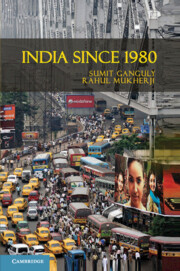4 - Political Mobilization in India
Published online by Cambridge University Press: 05 June 2012
Summary
On May 17, 2009, India concluded its fifteenth general election. This proved to be the largest democratic electoral exercise in the country's and the world's history. The country had an eligible electorate of 714 million voters and 58 percent chose to exercise their right of adult franchise. The results of the election confounded the most astute political analysts and observers, all of whom failed to predict its outcomes. The Indian National Congress, which many had expected to fare poorly, performed extraordinarily well, winning as many as 206 seats in a 543-seat parliament. The grand hopes that many political pundits, especially those with left-wing political proclivities, had reposed in the so-called Third Front, a conglomeration of political parties coalesced around the lower-caste oriented Bahujan Samaj Party (BSP), proved to be completely ill-considered. The BSP under the tutelage of Kumari Mayawati, a dalit (“untouchable”) politician (and the chief minister) from the populous and socially retrograde state of Uttar Pradesh, failed to dramatically increase its standing in the Lok Sabha, or the House of the People, winning a mere twenty seats out of a possible eighty. The Indian National Congress, which had once dominated the politics of the state, managed to obtain twenty-one seats, relegating the hypernationalist Bharatiya Janata Party (BJP) to ten seats.
What explained the abject failure of Indian and foreign political analysts to accurately predict the outcome of this election?
- Type
- Chapter
- Information
- India Since 1980 , pp. 109 - 140Publisher: Cambridge University PressPrint publication year: 2011



